Capture One 9.1.1 Now Supports the Fuji X-Pro2 (but not lossless compression)
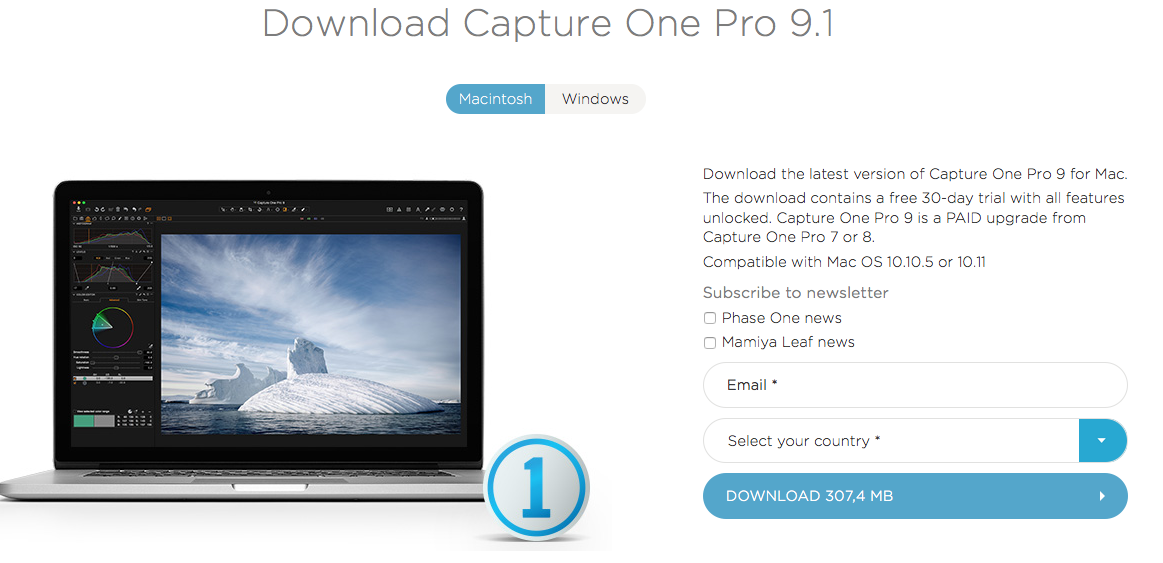

Capture One 9.1.1 now supports the Fuji X-Pro2, but no lossless compression support for now. Download links here. Release Note here.
Via Fuji-X-Forum


Capture One 9.1.1 now supports the Fuji X-Pro2, but no lossless compression support for now. Download links here. Release Note here.
Via Fuji-X-Forum
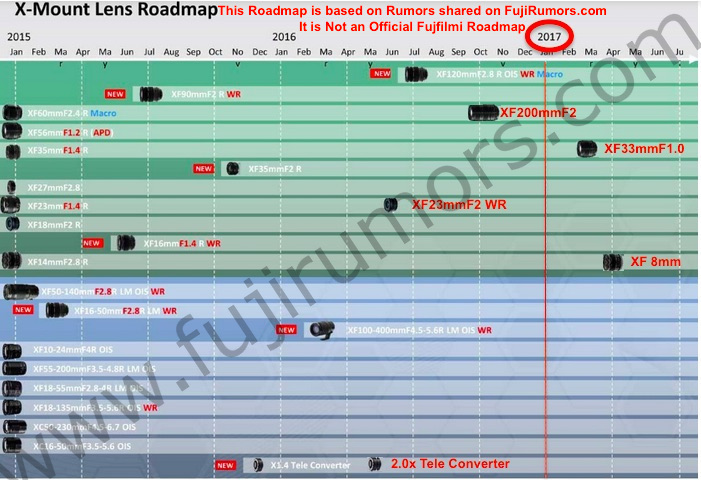
Official Lens Roadmaps are something you should always take with a grain of salt. We have seem many times how Fuji can change specs of lenses as well as the expected release indicated on the roadmap anytime.
Moreover, as you have seen with the 2.0x Teleconverter, not every lens Fuji announces appeared previously in the roadmap (only in our rumored roadmap).
Roadmaps are never something definitive since Fuji changes its plans often… very often! But as far as I can, I’ll try to keep you updated with the latest plans.
XF33mmF1.0 Recap
One year ago, in April 2015, a New Source told us that Fujifilm is considering to produce a Super-Fast F1.0 lens around 30mm. At that time, the decision was not final, as a source told us in May 2015, who also confirmed it to be a 33mm lens. Finally, back in October 2015, another source told us that Fuji decided to go ahead and make it.
But in the past we have seen too many times Fujifilm scrapping plans on products that almost materialize, so take it with a grain of salt. In any case, I do not expect this lens to hit the market in 2016, read why here.
XF33mmF1.0 Vs. Compact WR lenses
Today I have an update for you.
I had a chat with a source (right in the past), who told me that Fuji is apparently not really in a hurry to make the XF33mmF1.0, because they consider it a priority to launch more compact and weather resistant versions of existing lenses (like the rumored soon to come XF23mmF2 – read more here). The very positive response of the X-shooter community to the XF35mmF2 might have helped Fuji to take this decision.
If true, would this be a good choice? What would you prefer Fuji to focus on first: more small compact Weather Resistant lenses (like the rumored XF23mmF2) or should the XF33mmF1.0 be the priority? Drop your vote in the Poll below… I’m sure Fujifilm Tokyo will be very interested in the results.
More details about Fuji’s latest rumored roadmap here.
stay tuned for more,
![]() Fuji X Forum, Facebook, RSS-feed and Twitter
Fuji X Forum, Facebook, RSS-feed and Twitter
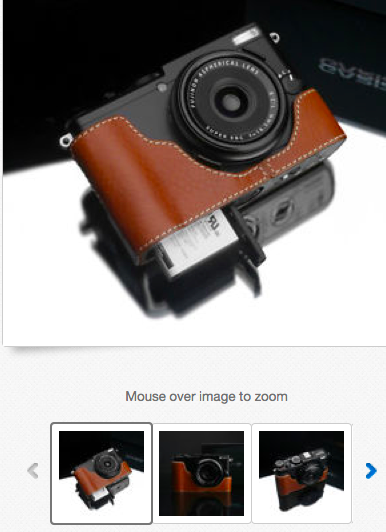
Gariz released the half case for the Fujifilm X70. You can find them [shoplink 44316 ebay]at your eBay here[/shoplink].
FR-reader Alex told me that Really Right Stuff ArcaSwiss L-Plate for Fujifilm X-Pro2 has been shipped. “It is really nice with full access to all doors.” Check it out at reallyrightstuff.
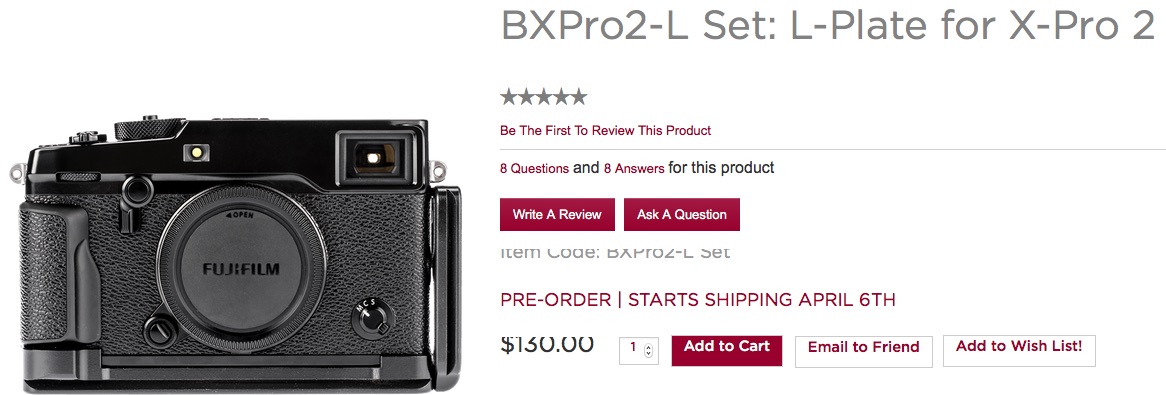
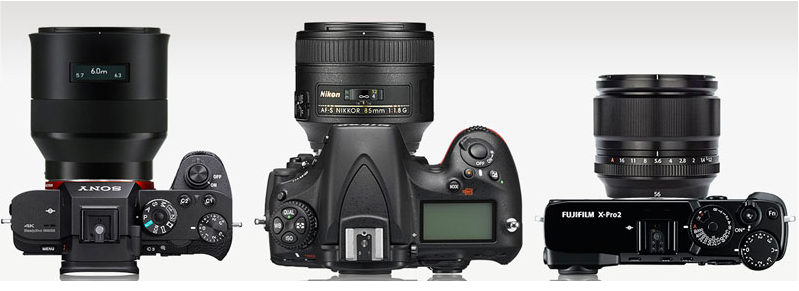
A7rII + Zeiss 85mmF1.8 Batis Vs. Nikon D810 + the 85mmF1.8 Vs. Fuji X-Pro2 +XF56mmF1.2
_ _ _
There is an article at Petapixel, that is creating quite a buzz. Many FR-reader dropped me a link to it. In short: Sony’s Full Frame Mirrorless is a Mistake (and some are afraid that Fujifilm will Make The Same Mistake one day. Here some reasons:
All in all it looks like APS-C (and Fujifilm) is the better way to go for the reviewer.
Before you start the discussion, you should read the response of SonyAlphaRumors. He highlights a few “errors”:

Check out the Full articles at SonyAlphaRumors and Petapixel… and then feel free to drop your own considerations in the comments.
the Instax Mini 70 – latest addition in Fuji’s Instax World Line-up
_ _ _
In the internal battel, Fuji X-digital Vs. Fuji Instax-Film, the latter wins hands down.
You might wonder why we should care about the success or not of Fuji’s Instax cameras. Well, easy: the terrific earnings Fujfilm makes with Instax are fueling the development costs of the X-series cameras! Without Instax, Fuji’s imaging division would hardly be profitable.
The Wall Street Journal published some numbers:
No suprise that over the last few years, the OVERALL camera ranking at AmazonUS is dominated by Fujifilm Instax Products.
So, the name, Fujifilm is still justified.
I remind you how The New York Times said in 2013, that from 2011 (Fujifilm X100 launch) to 2013, Fujifilm sold 700,000 X-series cameras.
You can read the whole story about the very interesting rise of Instax at the Wall Street Journal.